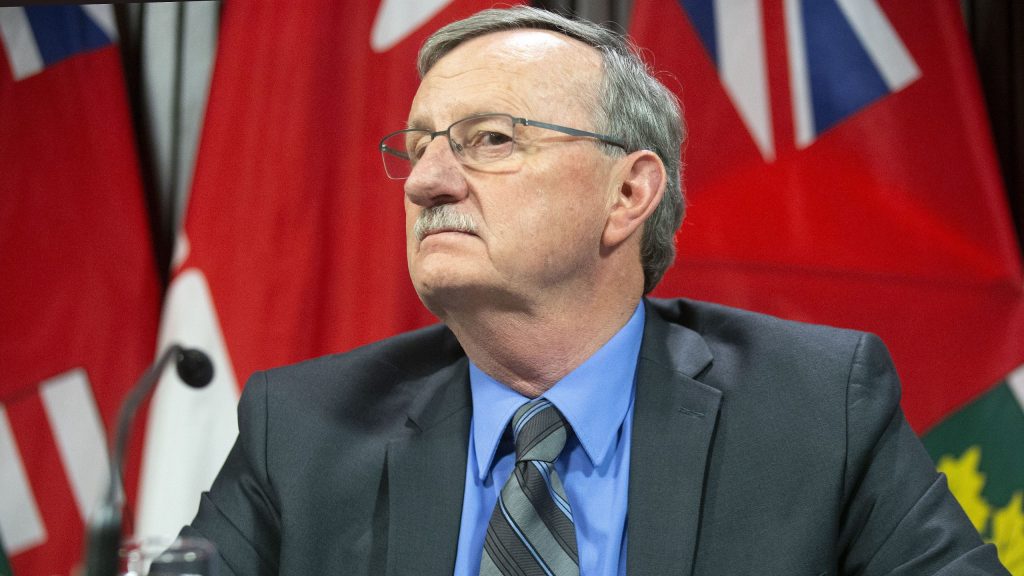
Ontario had no updated plan for dealing with a pandemic when COVID-19 began cutting a deadly swath through the province last spring, a public commission was told.
Posted Feb 26, 2021, 05:30AM EST
Ontario had no updated plan for dealing with a pandemic when COVID-19 began cutting a deadly swath through the province last spring, a public commission was told.
In testimony before the panel released on Thursday, the province’s chief medical officer of health, Dr. David Williams, denied responsibility for the shortcoming.
The province had developed a pandemic response plan in 2006 that was updated in 2013, but the process stalled after work started on a “Ready and Resilient” blueprint in 2016.
“Do you have any knowledge about the “Ready and Resilient” plan and why it wasn’t completed in four years before COVID?” commission co-counsel John Callaghan asked.
“The process was in place, and they were doing reviews on it,” Williams answered.
“Why was it not done?”
“Because it was not completed.”
The commission is delving into the devastating impact of COVID-19 on Ontario’s long-term care homes. To date, coronavirus disease has killed 3,753 residents and 11 staff members.
Williams said pandemic preparation drifted down the priority list because things had been relatively quiet for several years. Historically, he said, planning focused on influenza A, a situation that hadn’t changed as late as 2019 when the World Health Organization said the world is not ready for a pandemic.
“For seven years, you never felt the need to increase your pandemic plan, your influenza pandemic plan?” Callaghan asked.
“We did quality work back in 2006,” Williams said.
“You are saying, in your opinion, it was your decision not to upgrade the 2013 plan?”
“No, I was not asked to update the plan.”
Williams said he “took flak” over pushing more robust preparation for a major infectious disease outbreak because others saw the exercise as wasting time and resources for something that would never occur.
“It is hard to keep that prevention thing always at the front table because the tyranny of the urgent always pushes things aside,” Williams said. “It was to me disappointing to find the lack of depth and breadth of infection prevention and control expertise that was available out there.”
Williams said he was shocked to discover the poor situation at long-term care homes when it came to masks and other personal protective equipment. The purpose of the provincial stockpile, he said, was to equip front-line doctors and their offices, not long-term care facilities.
Nursing homes, he said, were supposed to have their own supplies able to last between four and seven weeks. However, when the pandemic hit in earnest, he learned most of the protective equipment was made in China and global demand had outstripped supply.
“That was startling and shocking to me that that had happened in there because it is something that I thought we had in-house; anyways in North America at least,” he said.
Constant staff turnover of key personnel in nursing homes hampered efforts to ensure adequate infection prevention controls were in place, he said.
“The changeover was at times disconcerting,” he said.
Callaghan called it “vexing” the commission had received 217,000 pages of documents from Williams only in the week before he testified. The co-counsel also noted Williams had provided 2,000 pages of his redacted notes.
New Democrat Leader Andrea Horwath said Williams’ testimony made it “astoundingly clear” the government was trying to hide its response to COVID-19 in nursing homes.
“The Ford government and Dr. Williams are taking great pains to hide, bury and cover up how they dealt with COVID-19 in long-term care homes,” Horwath said.
